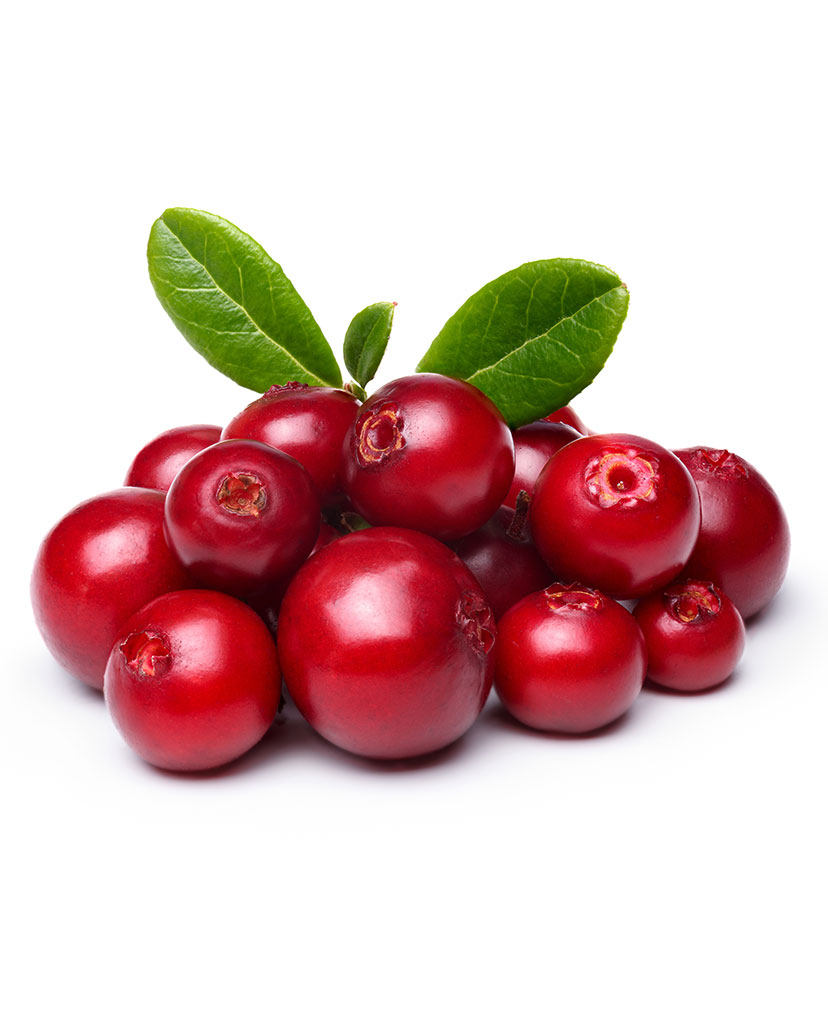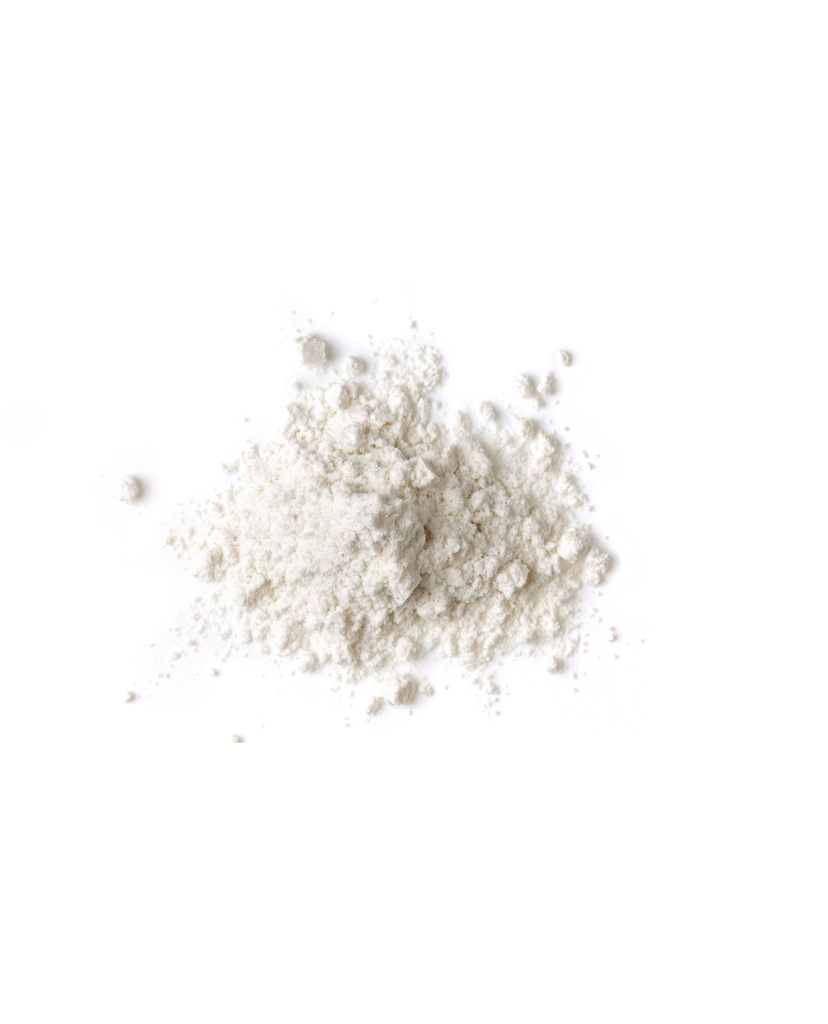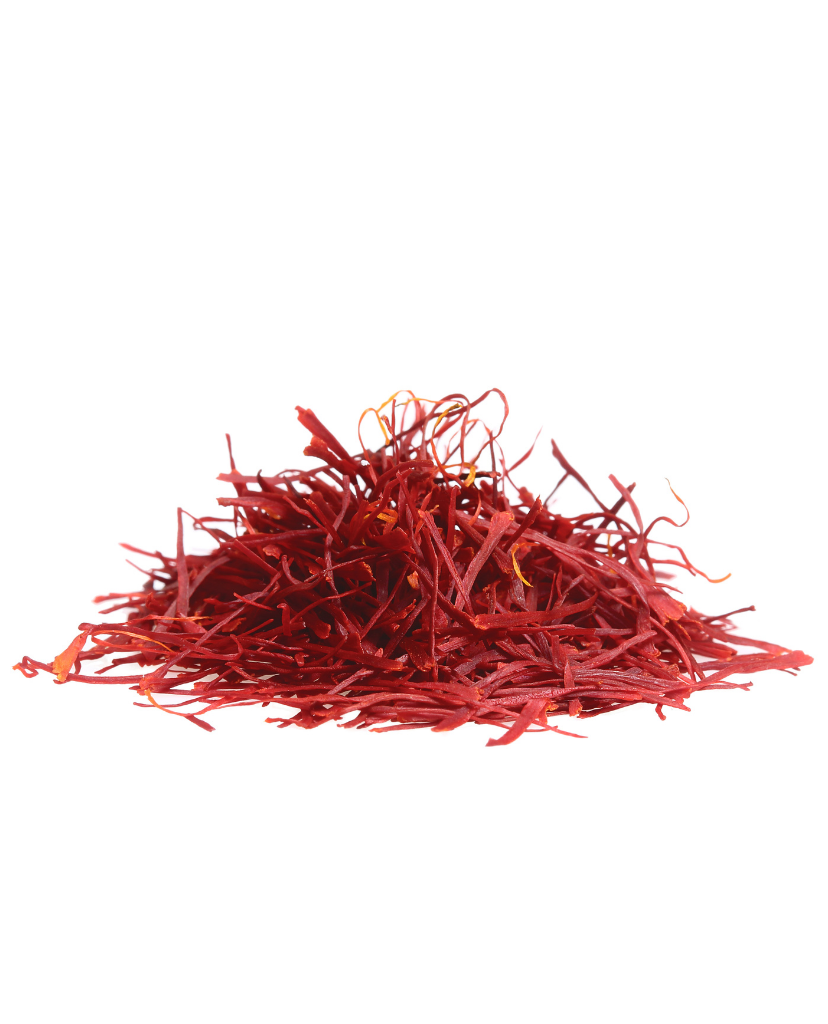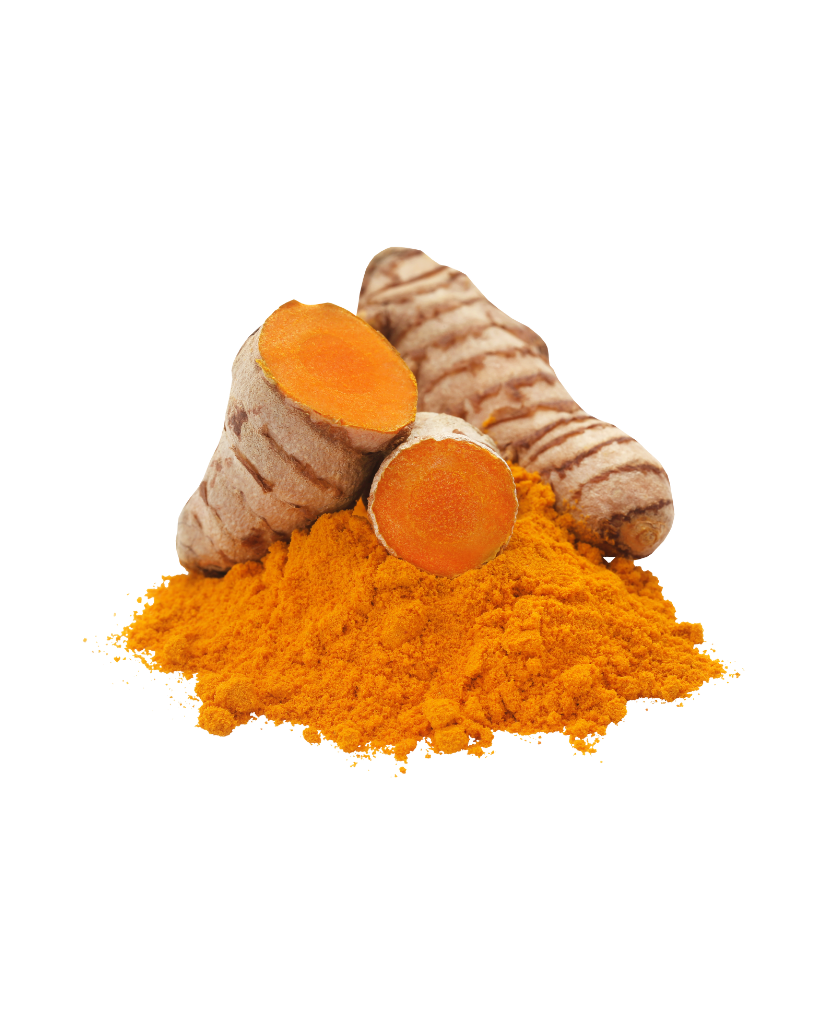
JULY 2025 MONTHLY BLOG
By Shawna Rocha
As summer approaches, concerns about hyperpigmentation become increasingly common in the treatment room. Increased sun exposure, heat, and inflammation can trigger discoloration, especially in sensitive or reactive skin types. Clients with delicate skin often face greater challenges when addressing pigmentation concerns, as many conventional brightening agents are too aggressive and may lead to further irritation or exacerbate discoloration.
This seasonal concern has sparked a growing demand for natural brightening alternatives that are both effective and gentle. Naturally derived ingredients offer a safer and more sustainable approach to achieving a radiant complexion without compromising barrier integrity or increasing sensitivity. As the skincare industry evolves, professionals seek ingredient solutions that not only lighten pigmentation but also restore hydration, reduce inflammation, and protect skin vitality—especially during the intense summer months.
Bearberry extract is derived from the bearberry plant and contains high concentrations of antioxidants and arbutin, a natural skin-lightening compound. Arbutin gently reduces melanin synthesis by inhibiting tyrosinase, the enzyme responsible for pigment formation. As a natural alternative to hydroquinone, it helps fade dark spots and hyperpigmentation without causing irritation. Bearberry extract also contains natural sun protection properties, offering additional defense against photoaging.

Cloudberry seed oil is rich in vitamin C and vitamin E, providing antioxidant protection while brightening dull skin and improving tone. It also contains omega-3 and omega-6 fatty acids, which enhance moisture retention and reduce fine lines. Its anti-inflammatory and antibacterial properties support skin clarity, reduce redness, and strengthen the barrier, making it ideal for sensitive skin in summer climates.

Daisy flower extract offers brightening and exfoliating benefits due to its tartaric and malic acid content. It naturally contains L-arbutin, which modulates melanin synthesis and reduces pigmentation by impacting melanocyte and tyrosinase activity. Daisy extract also supports firmness and has antiseptic and antiaging properties.

Green tea extract is rich in polyphenols, including EGCG, which neutralize free radicals and reduce inflammation. This antioxidant powerhouse helps to minimize pigmentation caused by UV exposure and environmental damage. Green tea soothes redness and irritation while encouraging a more even tone, making it highly suitable for sensitive and reactive skin.

Licorice extract is a well-known natural brightener commonly used to address melasma, age spots, and sun damage. Glabridin, one of its active compounds, inhibits tyrosinase and melanin production, while liquiritin disperses existing pigment. Licorice extract also soothes inflammation, controls oil, and helps prevent future discoloration.

Lingonberry seed oil is high in omega fatty acids and vitamins A, C, and E. These nutrients protect against UV damage and support barrier strength. Antioxidants and fruit acids in lingonberries promote gentle exfoliation and reduce pigmentation while enhancing skin elasticity and texture. With anti-inflammatory and antibacterial properties, lingonberry is especially beneficial for sensitive and acne-prone skin.

Mandelic acid, derived from bitter almonds, is a gentle alpha hydroxy acid that exfoliates without irritating the skin. It helps fade hyperpigmentation, smooth texture, and support collagen production. Its antibacterial and anti-inflammatory properties make it effective for acne-prone skin while still being suitable for sensitive clients. Mandelic acid also inhibits melanin formation and helps lighten dark spots over time.

Niacinamide, or vitamin B3, is one of the most versatile ingredients for treating hyperpigmentation and uneven skin tone. It reduces melanin transfer between skin cells, minimizes redness, and boosts hydration by improving ceramide levels. Niacinamide also helps with acne, reduces fine lines, and controls oil production, making it a multitasking addition to any brightening protocol.

Saffron contains potent antioxidants such as vitamin C, crocin, and crocetin. These compounds help inhibit tyrosinase, promote brightening, and enhance skin recovery. Saffron also supports cell turnover, soothes inflammation, and shields against oxidative damage. Its antiaging and healing benefits make it ideal for improving both pigment and texture in sensitive skin.

Elderberry oil is rich in antioxidants, vitamin A, and vitamin C. It helps even skin tone, fade discoloration, and protect against free radical damage caused by sun exposure. Its polyphenol content enhances skin resilience and promotes healthy cell renewal. Elderberry oil is also beneficial for reducing inflammation, improving barrier strength, and supporting both facial and scalp health.

Turmeric is a well-known natural remedy for brightening and balancing skin tone. Its active compound, curcumin, is a strong antioxidant that inhibits melanin production and reduces pigmentation. Turmeric also calms inflammation, heals acne, soothes rashes, and defends against UV-related damage, making it especially useful during sunny summer months.

Willow bark extract contains salicin, a compound that lightens pigmentation by reducing melanin formation. Rich in flavonoids and tannins, it provides antioxidant protection and supports exfoliation. Willow bark strengthens the barrier and helps prevent discoloration caused by environmental pollutants and oxidative stress.

With a wide variety of naturally derived brightening ingredients available, estheticians can confidently create safe and effective treatment plans that address hyperpigmentation while honoring the delicate nature of sensitive skin. Whether selecting niacinamide to reduce melanin transfer or choosing daisy flower extract to gently exfoliate, the key lies in balancing visible results with barrier protection. As summer brings increased exposure and vulnerability, turning to nature’s brighteners allows professionals to reduce discoloration while preserving comfort and calm. The path to healthy, radiant skin does not require compromise, it requires the right tools, the right ingredients, and a thoughtful, sensitive approach.
